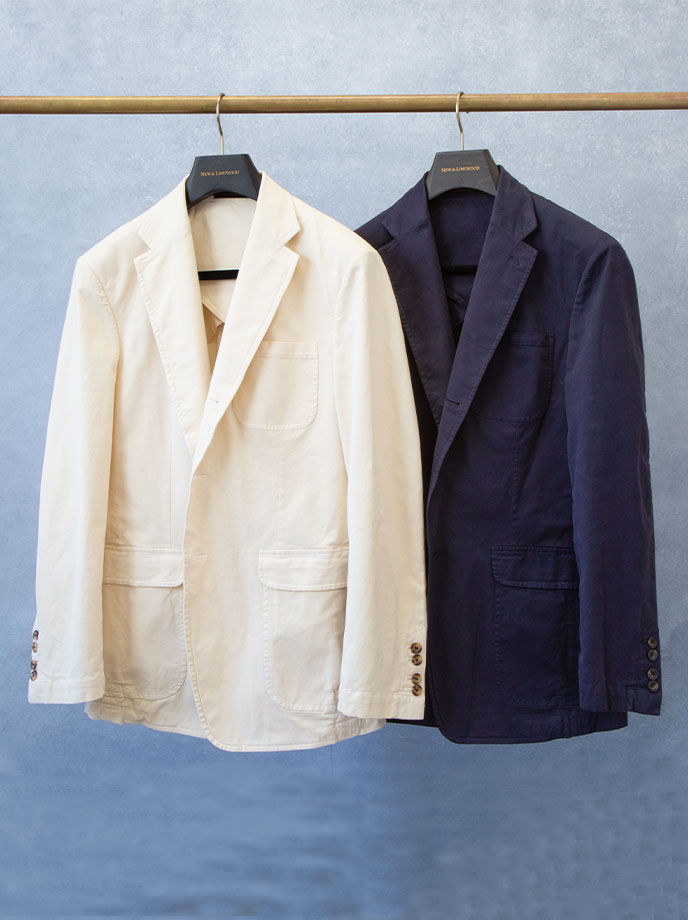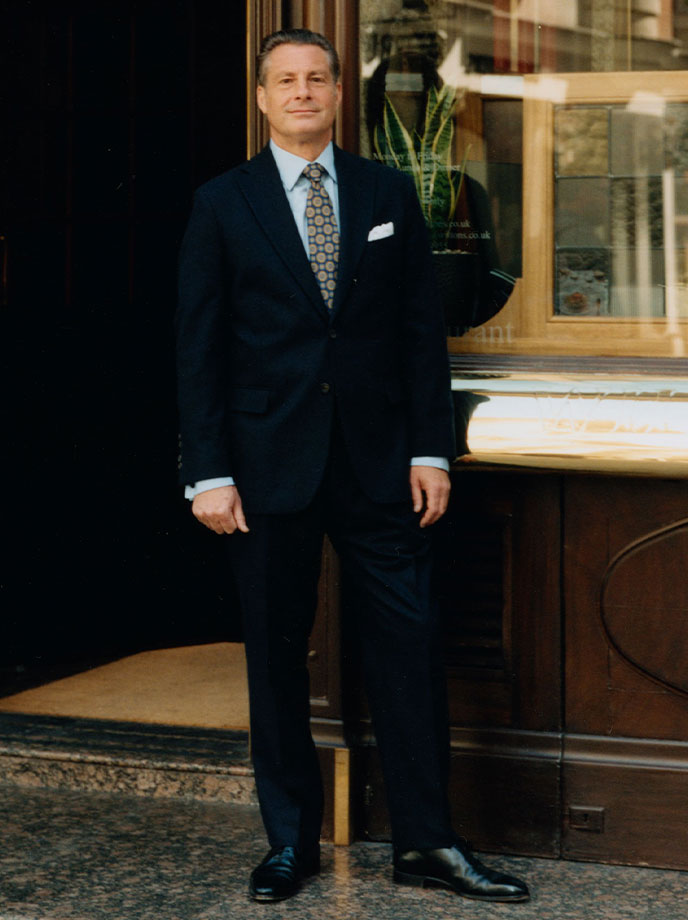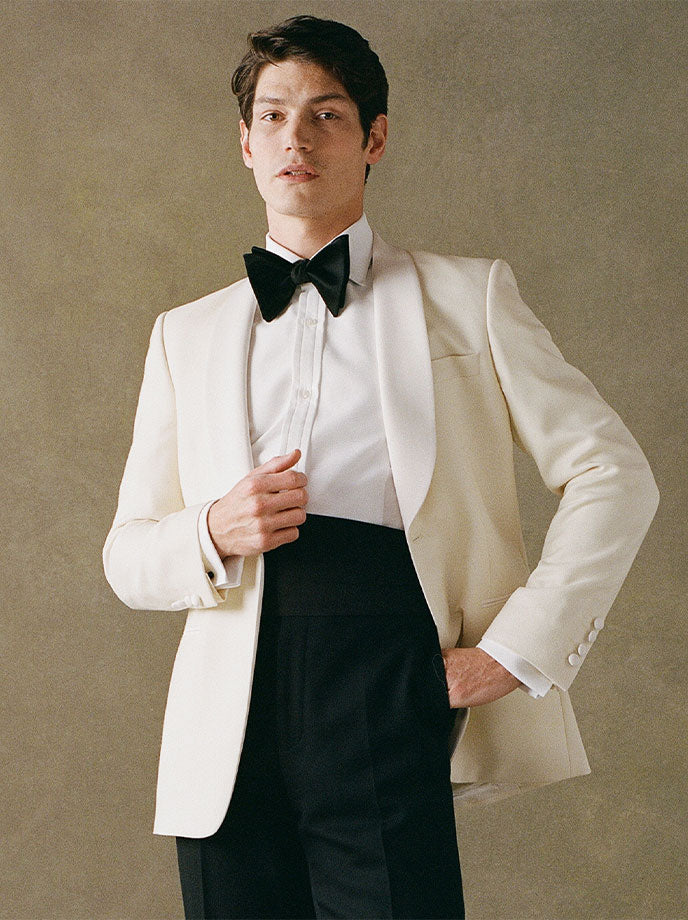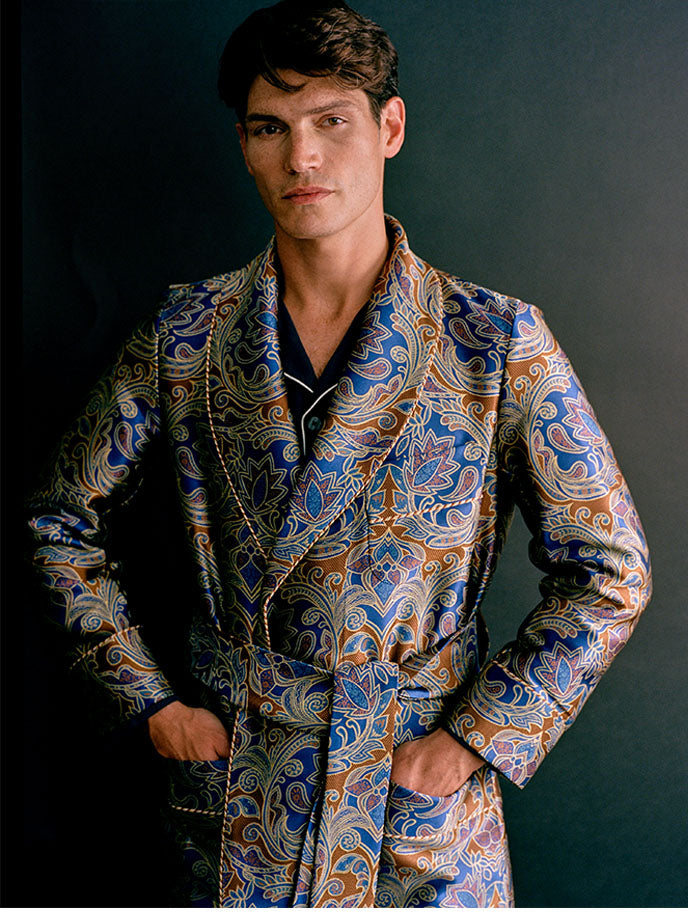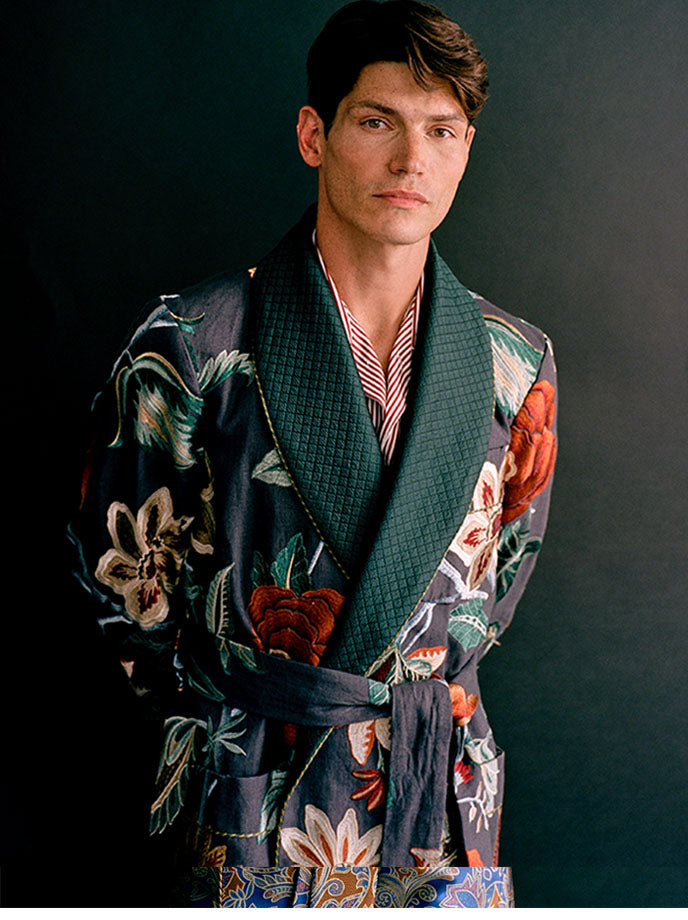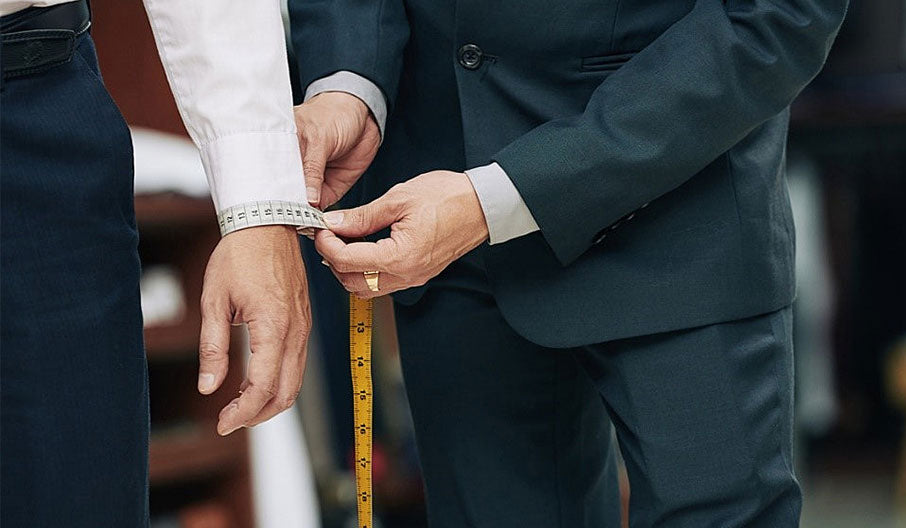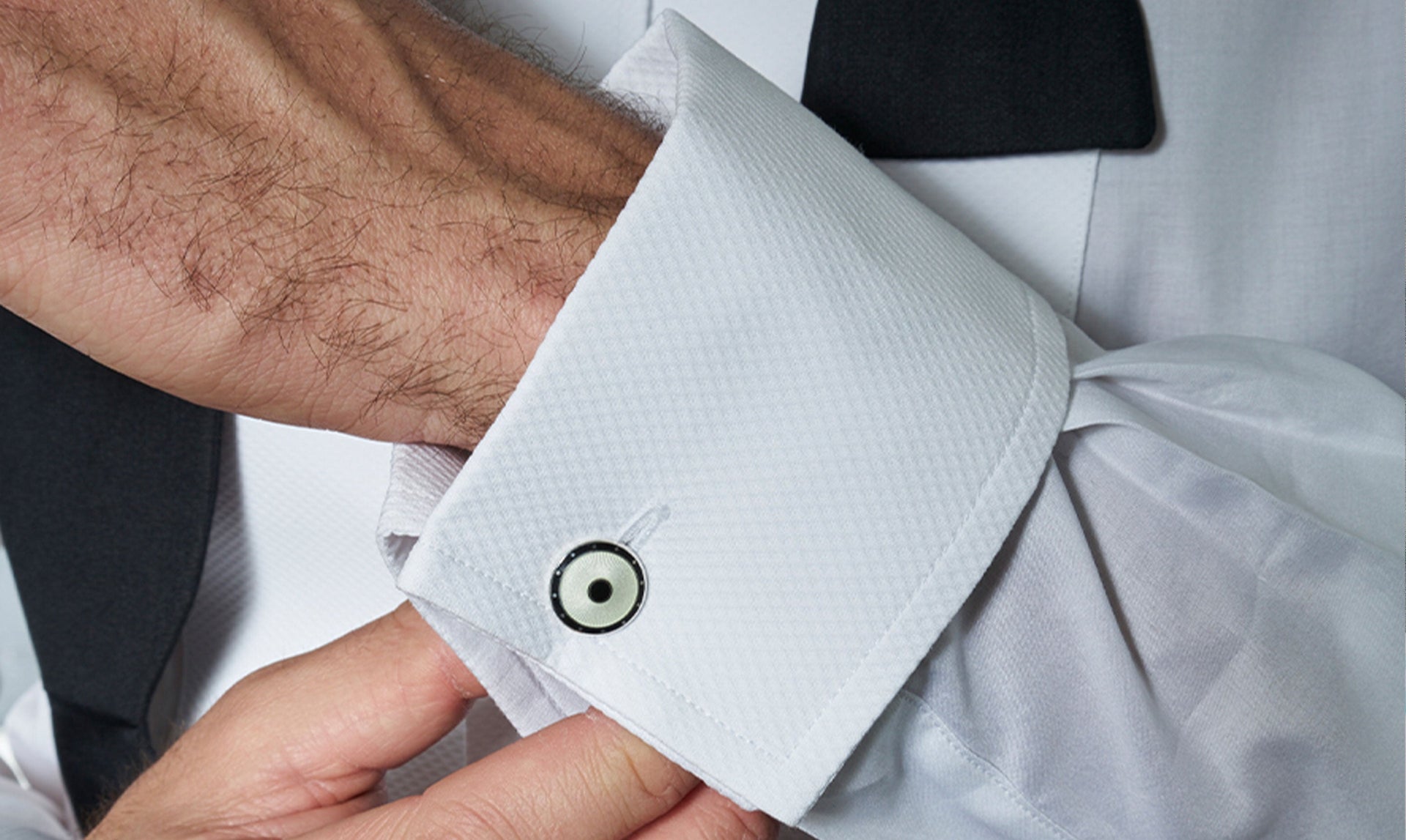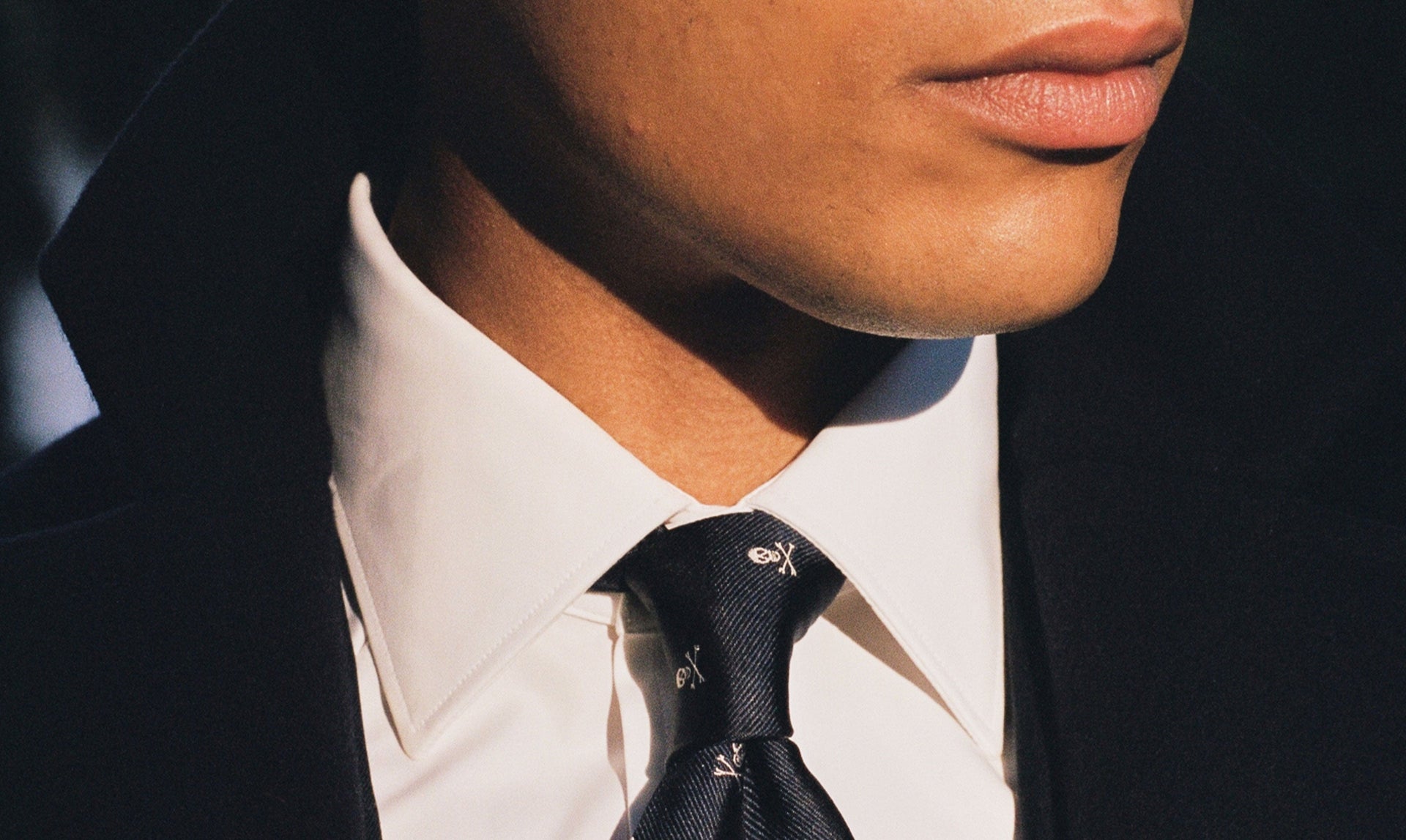How Shirts Should Fit
We all notice the colour and fabric of any shirt we’re looking to purchase, but too many men don’t pay enough attention to fit, which should be both comfortable and flattering.
In this guide:
- How should a dress shirt fit?
- Types of dress shirts fits
- FAQS
How Should a Dress Shirt Fit?
Casual shirts are generally sized by simple categories (e.g. small, medium, and large), with their fit being largely a matter of personal preference.
Dress shirts, on the other hand – by which we mean any woven cotton, button-fronted, collared shirt able to be worn with a necktie -- are intended to be precisely fitted garments. There are seven points to consider when determining proper dress shirt fit:
- Collar
- Shoulders
- Chest
- Sleeves
- Cuffs
- Waist
- Length
Collar
A buttoned dress shirt collar should be felt on the neck, but it should not be constricting. You should be able to easily slip two fingers between the collar and your neck. Quality dress shirts are generally sized by collar size. (Note that a new shirt collar will shrink up to ½" after washing.)
Shoulders
The shoulder seams of a shirt should rest at or just below the edges of your shoulders. After the collar, this is the most important dimension to consider, as it cannot be altered. If the seams aren’t where they should be, the rest of the shirt probably won’t fit either.
Chest
A shirt should be sufficiently roomy in the chest to allow unrestricted movement. The fabric across the chest and over the back should never be taut, even when moving your arms. A shirt that pulls or creases across the chest will always look and feel too small.
Sleeves
Shirt sleeves should be sufficiently roomy to avoid any restrictive binding. “Accordion” wrinkles at the elbow are a sign that your sleeves are too tight. They should generally reach about a half-inch past your wrist bone to show the correct amount of cuff beneath a jacket sleeve. Many dress shirts are sized not only by collar circumference, but by sleeve length. (Note that a new shirt’s sleeves will shrink up to 1" after washing.)
Cuffs
Where a sleeve hits on your wrist is a function not only of sleeve length, but the fit of the cuffs. A cuff should be snug enough that it won’t slide more than a half-inch beyond the wrist bone even if the sleeve length is longer. A bit of excess sleeve length actually works to prevent cuffs from receding too far when the arms are raised, blousing slightly around the cuffs when the arms are at rest. Most off-the-peg shirts have rather loose-fitting cuffs, but these can be tightened simply by moving the button.
Waist
The waist of a shirt should be sufficiently roomy that it doesn’t pull open when you sit down, but beyond that, good fit is largely a matter of personal preference. Many men today prefer slim-fitting shirts that set close to the skin and don’t billow; this is particularly important when wearing lower-rise trousers like jeans. Others prefer a looser shirt fit, traditionally worn with higher-rise trousers.
Length
A traditional dress shirt should have sufficient length that it does not pull out of the waistband when tucked, no matter the wearer’s movements. Many sport shirts are designed to be worn untucked, and are cut shorter accordingly.
Types of Dress Shirt Fits
Dress shirts are increasingly available in a variety of cuts offering different silhouettes.
- Classic/Regular
- Slim/Tailored
- Stretch
- Made-to-measure
Classic/Regular
The classic fit (also known as regular fit) is the standard and most common cut of a shirt. It has no special tapering, and often features pleats along the back yoke for a roomy fit through the torso. They are advisable for larger men.
Tailored/Slim
Tailored fit (also known as slim fit) shirts reduce fabric through the chest and sleeves to impart a trimmer silhouette. To accomplish this, they generally eliminate pleats along the yoke and often add darts in the small of the back. Trimmer sleeves require higher armholes. While highly popular, especially with younger men, this fit can be constricting for many men, and good fit should never come at the expense of comfort.
Stretch
Many retailers are now offering dress shirts woven in fabric with a bit of stretch. These shirts are ideal for men who want the slim silhouette of slim (or even extra-slim) shirts without the binding constriction than can come from a trimmer cut.
Made-to-measure
Men seeking a truly perfect fit should consider made-to-measure shirts. In addition to offering a myriad of shirting fabrics in every conceivable colour, weight, and weave, the made-to-measure process allows for every dimension of the shirt to be altered to fit your body exactly, resulting in a supremely flattering and comfortable shirt. Once your pattern has been created and refined, you can order additional shirts with no additional hassle.
FAQS
In this section we answer some frequently asked questions on shirt fits:
- Should dress shirts be tucked or untucked?
- Do you have to be skinny to suit a skinny fit shirt?
- Does New & Lingwood offer tailoring for ready-to-wear shirts?
Should dress shirts be tucked or untucked?
Dress shirts are cut long and are intended to be tucked in. Casual shirts, intended to be worn untucked, are generally cut shorter.
Do you have to be skinny to suit a skinny fit shirt?
Generally, slim fit shirts suit slim builds. If you have a larger or more athletic frame you may find slim fit shirts restrictive.
Does New & Lingwood offer tailoring for ready-to-wear shirts?
New & Lingwood offers FREE sleeve shortening on ready-to-wear non-sale shirts. We cannot alter collar and shoulder dimensions.
